Alberta Friendship Centres partner with SAIT for a greener future
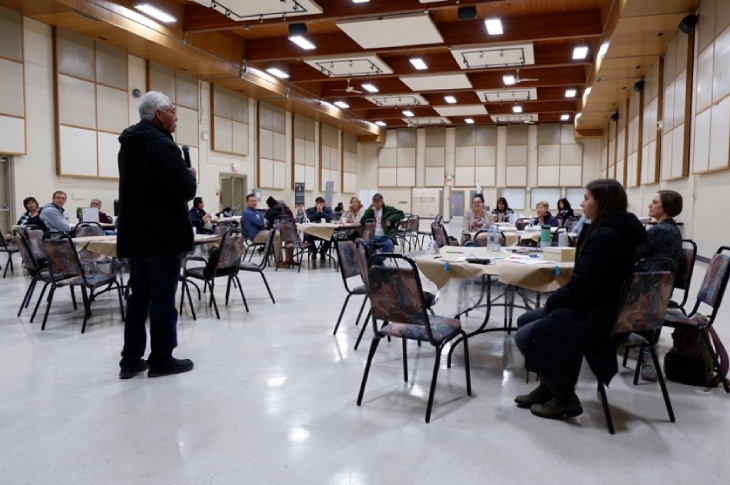
SAIT’s Green Building Technology Access Centre and Alberta Native Friendship Centres Association collaborated to reduce carbon emissions, improve energy performance and lower operating costs of member Friendship Centres
Friendship Centres have been cornerstones of urban Indigenous communities for more than 60 years, offering everything from cultural programming, youth centres, housing support and health services. They create safe, welcoming environments where community members can access programs that provide connection, culture and community. But like many non-profits, aging infrastructure can be a challenge, making it difficult to meet program and community needs while maintaining their buildings.
“Aging infrastructure can be energy-inefficient which could lead to an increase in utility costs, diverting funds from Friendship Centre programs and services,” says Leon Cardinal, Green Initiatives Coordinator at the Alberta Native Friendship Centre Association.
Through a multi-year partnership between SAIT’s Green Building Technology Access Centre (GBTAC) and the Alberta Native Friendship Centres Association (ANFCA), four Friendship Centres across the province have undergone energy-efficient retrofits.
“We are grateful to the ANFCA for their leadership in this project by being a voice for the needs and amazing work of the Friendship Centres throughout, and for supporting the SAIT team as we learned and grew in our understanding of working together in new and creative ways,” says Kelsey Chegus, Manager, Indigenous Relations and Special Projects at SAIT.
Measurable results, meaningful change
Each centre was assessed through an energy audit, with recommended retrofits customized to meet local needs. While retrofits varied by location, some upgrades included high-efficiency LED lighting systems, new windows and doors and improvements to thermostat systems to create more efficient temperature controls. These improvements reduce heating and cooling costs, improve comfort and air quality and decrease reliance on the power grid.
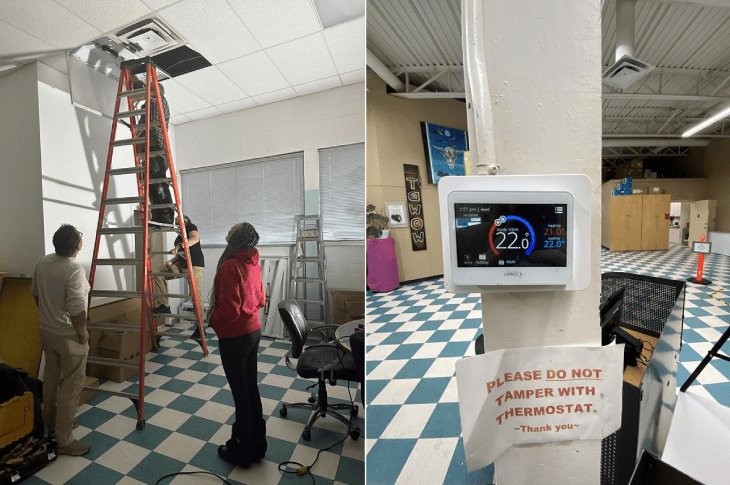
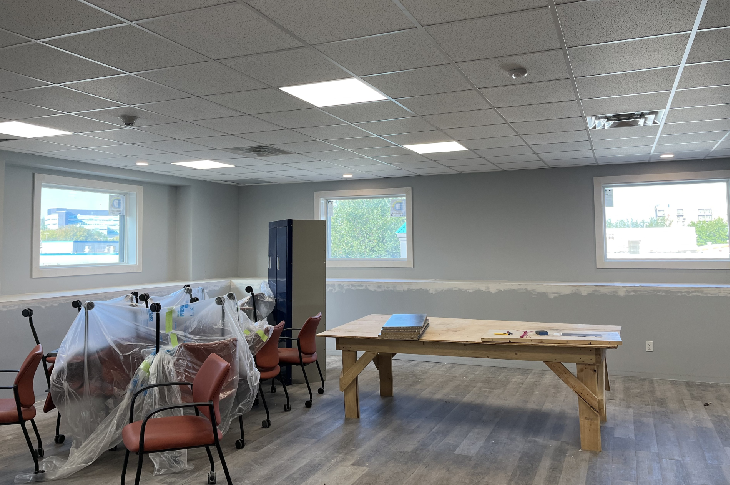
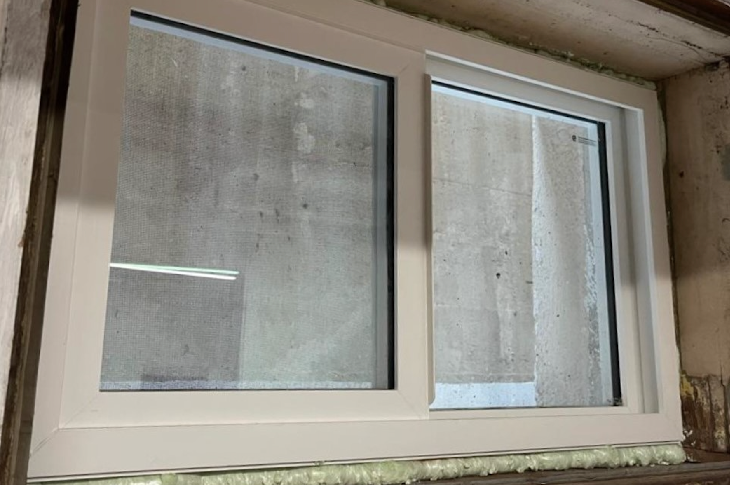
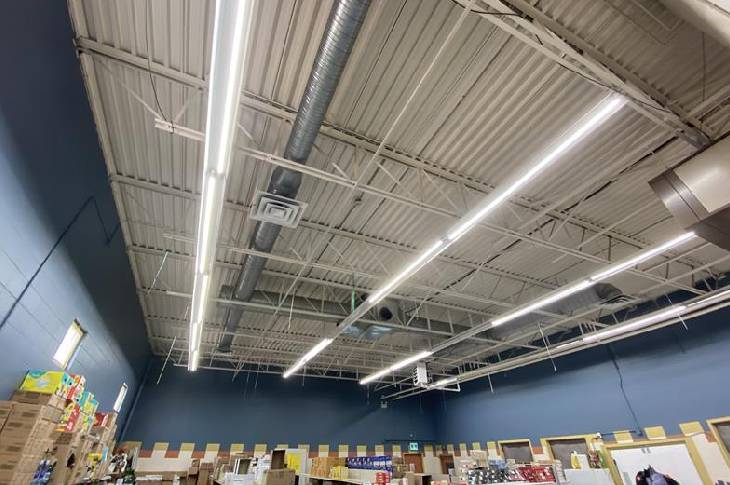
The original goal was to reduce greenhouse gas emissions by 20 tonnes of CO₂e over one year.
The result? More than 35 tonnes saved. A measurable outcome that benefits both people and Mother Earth.
“Retrofits such as new doors and windows reduce drafts and heat loss leading to better cooling in the summer and a lower demand on heating systems in the winter,” says Alexandra Kodyra, GBTAC Key Liaison and Coordinator. “By improving building energy performance, we’re also improving the health and comfort of the building users and reducing environmental impacts at the same time.”
More than a retrofit
Beyond the physical upgrades, the project focused on building long-term capacity through a series of workshops, training sessions and summits designed to deepen knowledge, build new industry relationships and share expertise. Retrofit workshops aimed to guide Friendship Centre teams through assessing their buildings and select the most effective retrofit plans.
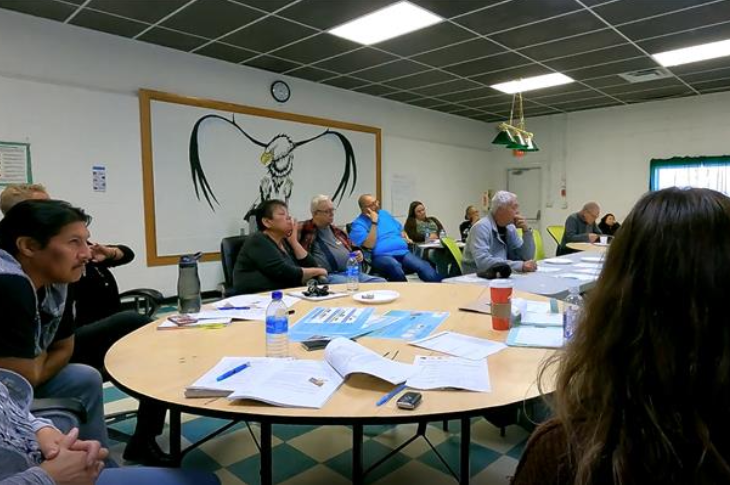
Energy summits brought together community members, funders and industry leaders from across Alberta to network and bring awareness to buildings retrofitting needs while also sharing knowledge through educational sessions and discussions.

Training sessions equipped Friendship Centre staff with tools for building operations and maintenance post-retrofit and how to navigate and understand the full scope of the upgrades.
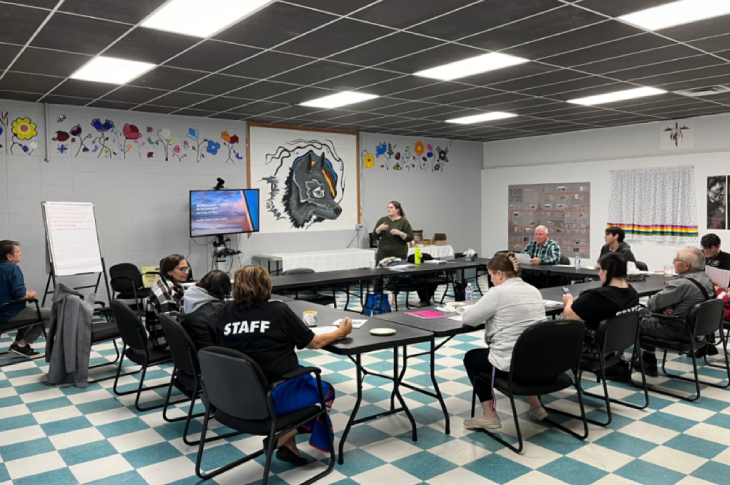
When possible, training materials were designed for long-term use, ensuring both current and future staff can continue learning and teaching long after the project ends.
“These learning opportunities don’t only benefit the Friendship Centres directly involved, it has laid the foundation for peer-to-peer learning,” says Cardinal. “Participating Friendship Centres now have more knowledge and resources to support other Centres and community organizations interested in retrofitting their own spaces.”
The benefits of this project extend beyond the urban Indigenous people that are served by these Friendship Centres, they positively impact all Albertans by contributing to environmental sustainability.
“As Indigenous people, we are inherently responsible to act as stewards of the land. Many of those that are served by these Friendship Centres are impacted by systemic barriers such as economic barriers as well as employment, education and homelessness,” says Cardinal. “Being grounded and connected to the environment is a vital component of wholistic Indigenous wellbeing.”
A blueprint for the future
As the project continues to share knowledge and results, the tools and lessons developed have the potential to be shared through the ANFCA and member Friendship network, an additional 16 Friendship Centres across Alberta, to help inform future construction and building projects, helping other communities navigate common challenges like financing, planning and access to professional consultation.
“By actively guiding retrofit decisions, participating in hands-on training, and sharing knowledge with peers, Friendship Centres demonstrated how Indigenous-led approaches can deliver real environmental impact,” says Kodyra. “Their involvement was central.”
By championing sustainability from within the community, Friendship Centres show what it means to lead with purpose and long-term vision.
“These four Friendship Centres are now leading the way in showing what can be possible,” says Kodyra. “They have successfully demonstrated that energy retrofits can work, inspiring other communities to follow, a tremendous feat they should be proud of.”
Learn more about this partnership by visiting the ANFCA project page.


Oki, Âba wathtech, Danit'ada, Tawnshi, Hello.
SAIT is located on the traditional territories of the Niitsitapi (Blackfoot) and the people of Treaty 7 which includes the Siksika, the Piikani, the Kainai, the Tsuut’ina and the Îyârhe Nakoda of Bearspaw, Chiniki and Goodstoney.
We are situated in an area the Blackfoot tribes traditionally called Moh’kinsstis, where the Bow River meets the Elbow River. We now call it the city of Calgary, which is also home to the Métis Nation of Alberta.